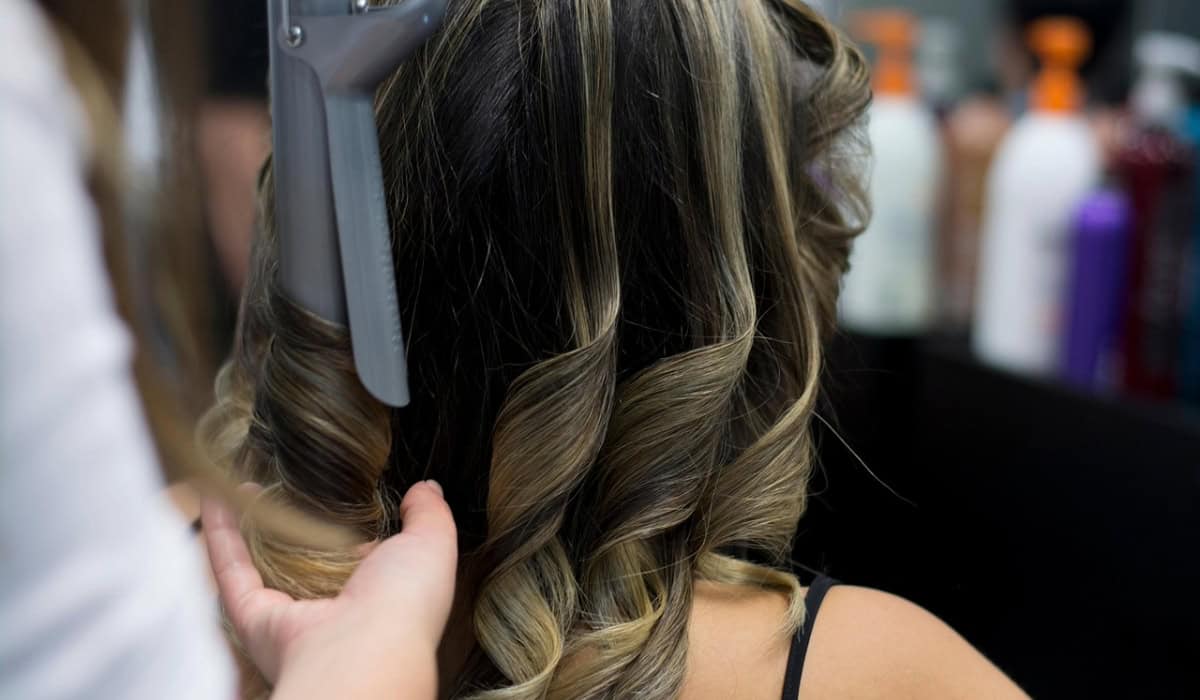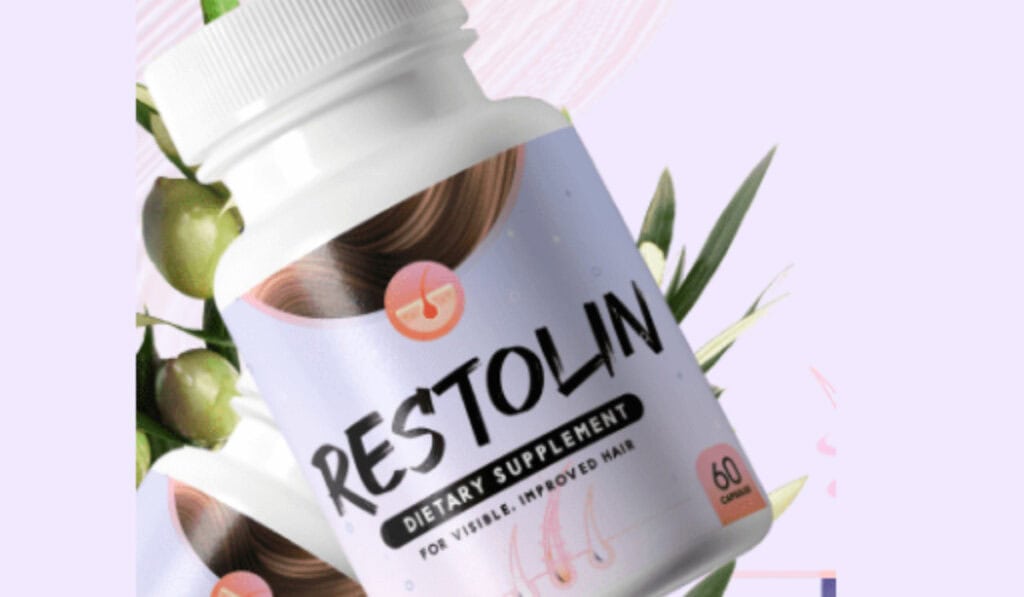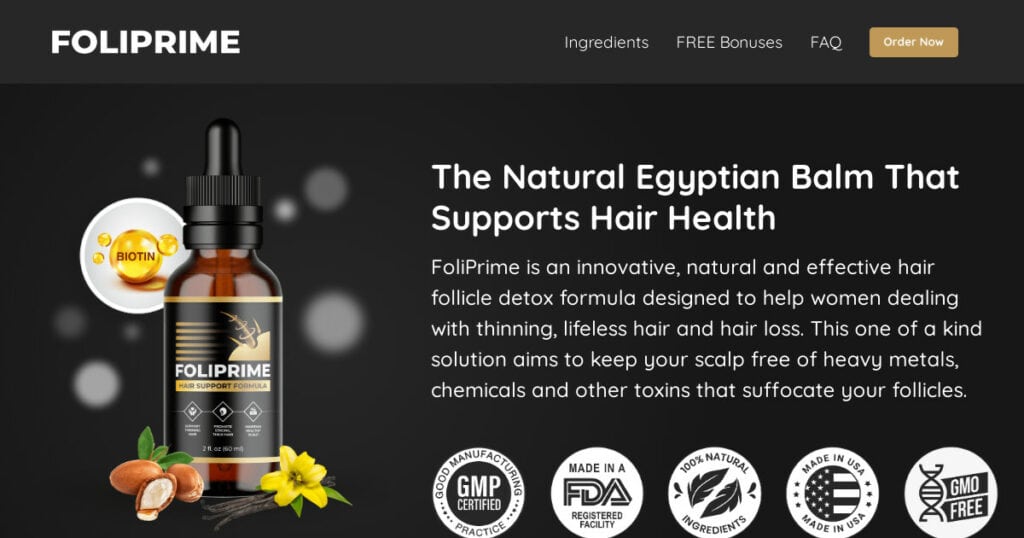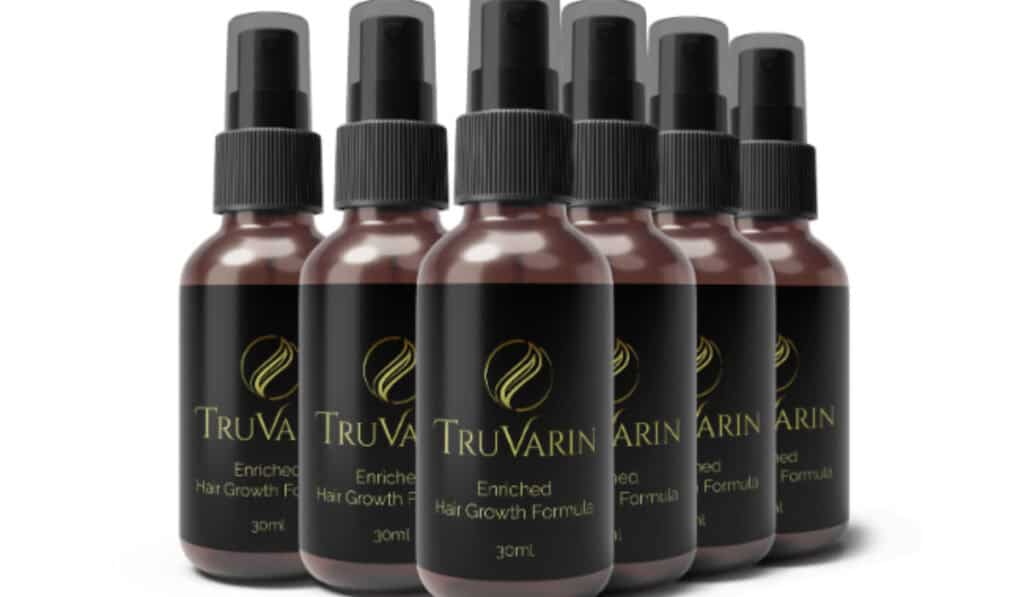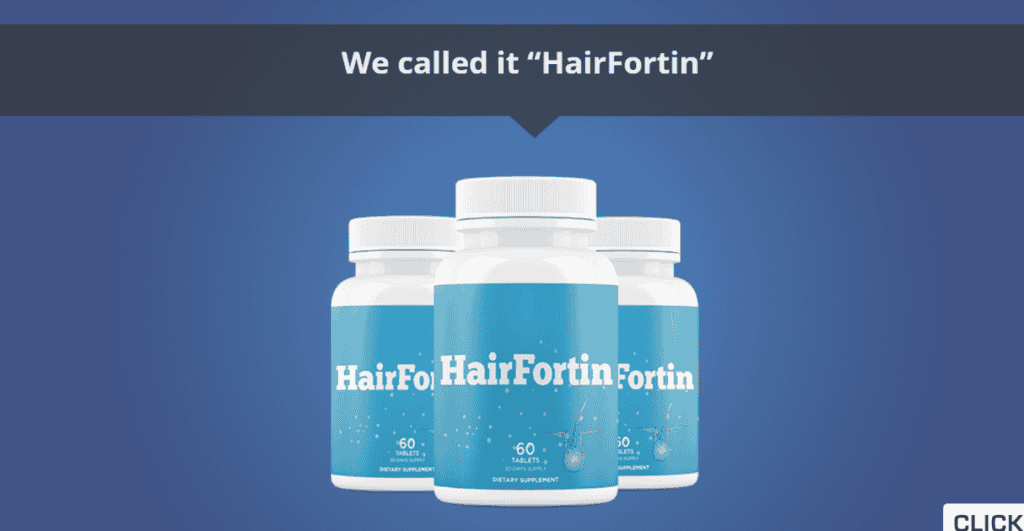Heat Styling Without Damage: The Best Practices for Using Blow Dryers, Curling Irons, and Straighteners
Keeping your hair healthy while enjoying the versatility of heat styling can seem challenging, but with the right practices, it’s entirely achievable. It all starts with understanding how heat tools work and how to use them without causing harm. By learning to protect, select, and apply heat wisely, you can maintain your hair’s health and keep it looking fabulous.
To navigate the world of heat styling without damage, it’s essential to adopt a comprehensive approach. This includes using protective products, choosing the right tools, and mastering techniques that minimize harm. Embracing these strategies will ensure that your hair stays strong, shiny, and beautiful, no matter how often you style it.
Essential Steps to Protect Your Hair from Heat Damage
To safeguard your hair from the adverse effects of heat styling, start by using heat protectants. These products form a protective barrier that helps prevent the protein called keratin in your hair from becoming heat damaged. Whether you’re reaching for curling irons or straightening irons, this is a crucial first step.
Using Heat Protectant Products Before Styling
Before you style your hair with heat, applying a heat protectant is a must. These products come in various forms, from sprays to creams, each designed to shield your hair from the high temperatures of styling tools.
Why It’s Crucial to Apply on Damp Hair
Applying heat protectants on damp hair is vital because it allows the product to distribute more evenly, ensuring that every strand is covered. These formulas often contain ingredients like vitamin E, which not only protect but can also nourish your hair. When hair is damp, it’s more receptive to these benefits, enhancing protection before you style.
The Importance of Moisturizing and Deep Conditioning Regularly
Regular moisturizing and deep conditioning are key to maintaining hair’s health against the stress of heat styling. Deep conditioners and treatments nourish and strengthen hair, preparing it to withstand high temperatures.
How Deep Conditioning Treatments Shield Hair from Heat
Deep conditioning treatments work by penetrating the hair shaft and replenishing moisture and nutrients. This process helps to fortify the hair against the potential damage caused by heat styling. By regularly incorporating these treatments into your routine, you create a stronger, more resilient foundation that’s less susceptible to damage.
Selecting and Using Heat Styling Tools Wisely
Choosing the right heated styling tools is critical to prevent unnecessary damage. Look for options that are less susceptible to damage your hair and consider the benefits of tools with adjustable heat settings.
Choosing Tools with Adjustable Temperature Settings
Opting for styling tools with adjustable temperature settings allows you to match the heat level to your hair’s needs, reducing the risk of damage. This is particularly important for those who air dry their hair before blow drying it to minimize heat exposure.
The Significance of Temperature Control in Preventing Damage
Too much heat can be harmful, especially for thick or coarse hair types. By controlling the temperature, you minimize heat exposure and reduce the risk of excessive heat damage. It’s a simple yet effective way to preserve your hair’s integrity while styling.
Understanding the Difference in Styling Tool Materials
The material of your heated styling tools, like ceramic plates, plays a significant role in minimizing damage. These materials distribute heat more evenly, reducing the likelihood of hot spots that can cause unnecessary damage.
Ceramic vs. Titanium: Which Is Better for Your Hair Type?
Choosing between ceramic and titanium depends on your hair type and styling needs. While ceramic is great for even heat distribution and less damage, titanium heats up faster and can be more effective for thick or coarse hair. Always consider your hair’s health and choose accordingly.
Optimizing the Heat Styling Process
Using blow dryers and other heat styling tools wisely can significantly reduce the risk of damage. It’s crucial to understand the best practices for heat styling to keep your hair healthy.
Why You Should Dry Your Hair Completely Before Styling
Ensuring your hair is completely dry before using heat styling tools is essential. Applying heat to damp hair can cause thermal damage, making this step non-negotiable for healthy styling practices.
The Risks of Heat Styling Damp Hair
Blow dryers and other heat tools can cause severe damage if used on damp hair. The heat can vaporize the water in your hair, leading to brittle, damaged strands. Always dry your hair thoroughly to avoid these risks.
Styling Techniques to Minimize Damage
Leveraging styling techniques that reduce heat contact can significantly minimize damage. For example, using lower heat settings and not going over the same section multiple times can help preserve your hair’s health.
The Benefits of Using a Diffuser When Blow Drying
Using a diffuser attachment when you blow dry can really help your hair. It spreads out the air flow from your dryer, so the heat isn’t focused on just one spot. This can help keep your hair from getting too dry or damaged. A diffuser also gives you more control over your hair, helping to keep your natural curls or waves looking good without making them frizzy.
Maintaining Healthy Hair with Routine Care
To keep your hair looking its best, it’s important to take care of it all the time, not just when you’re styling it. Regular care is the key to healthy hair.
The Role of Regular Trims in Keeping Hair Healthy
Getting your hair trimmed regularly is a good way to keep it healthy. It helps get rid of dryness and breakage, making your hair look better and grow better too.
How Trimming Prevents Split Ends and Breakage
When you trim your hair, you’re getting rid of split ends. Split ends can travel up the hair shaft if they’re not cut off, causing more damage and breakage. Regular trims stop this from happening, keeping your hair stronger and healthier.
Incorporating No-Heat Styles into Your Routine
Adding styles to your routine that don’t use heat can help keep your hair from getting damaged. It’s a great way to give your hair a break from the heat.
Creative Ways to Style Without Heat and Give Your Hair a Break
There are lots of ways to style your hair without using heat. Braids, twists, and updos are all good options. These styles don’t damage your hair like heat styling can. Plus, they let you try out different looks without harming your hair.
Advanced Tips for Heat Styling Without Damage
There are special tips and tricks you can use to protect your hair from heat damage. Paying attention to your hair’s shape and keeping its natural oils can really help.
Utilizing Heat Protectant Sprays and Thermal Protection
Before you use any heat on your hair, it’s important to use a protection spray. These sprays can lock in moisture, add shine, and protect your hair up to 450 degrees. Look for sprays with ingredients like argan oil for the best results.
How These Products Form a Barrier Against Heat
Heat protectants work by forming a barrier on your hair. Whether they’re sprays or creams, they often contain things like Vitamin E. This barrier keeps the heat from damaging your hair so much, helping it stay healthy even when you’re styling it with heat.
The Importance of Not Overusing Heat on Hair
It’s important not to use too much heat on your hair. Too much heat can take away the moisture your hair needs, leaving it dry and brittle.
Strategies for Limiting Heat Exposure and Taking Breaks
To keep your hair healthy, try not to use heat on it too often. Let your hair air dry sometimes instead of always blow-drying it. And when you do use heat, make sure to use a lower temperature setting if you can. This can help prevent damage.
The Science Behind Heat Styling and Hair Health
Using heat on your hair too much can really cause problems. It can make it dry and brittle, especially if your hair is curly or coily.
How Heat Affects Hair Structure and Strength
Heat styling changes the way your hair looks and feels by changing its structure. But doing it too much can weaken your hair, making it more likely to break.
Understanding Heat Damage on a Microscopic Level
When you look at hair under a microscope after it’s been styled with heat a lot, you can see the damage. The heat can cause tiny cracks in the hair’s outer layer, making it weaker and more likely to split or break.
The Benefits of Investing in Quality Heat Styling Tools
Choosing good quality styling tools can make a big difference in keeping your hair healthy. Look for tools with temperature control. This is especially important if your hair is thick or coarse, as it can be more prone to damaging your strands.
How Advanced Technology Can Help Preserve Hair Health
Advanced technology in heat styling tools is a game-changer for hair health. These tools are designed with features like even heat distribution and moisture-locking technology, which help in minimizing damage to your hair. By choosing tools with ionic or infrared technology, you can style your hair efficiently while keeping it healthy and vibrant. This means you can achieve your desired look without compromising the integrity of your hair strands.
Concluding Thoughts on Safe Heat Styling Practices
Embracing safe heat styling practices is essential for maintaining the health and beauty of your hair. By investing in the right tools daily, applying protective products, and using heat wisely, you can enjoy versatile styles without causing unnecessary harm. Remember, the goal is to balance style with hair health, ensuring your locks stay strong, shiny, and resilient over time.
Embracing a Balance Between Style and Hair Health
Finding a balance means understanding the impact of heat exposure and adopting heat-free styling methods whenever possible. Avoid applying heat to wet hair, as this can cause permanent damage. Instead, let your hair dry naturally or use a microfiber towel to reduce moisture gently. Incorporating dry shampoo, a moisturizing conditioner, and a styling spray can help you achieve the desired results with minimal potential damage.
Final Recommendations for Maintaining Lustrous, Healthy Hair
To keep your hair healthy and lustrous, prioritize regular trims and choose moisturizing products that nourish your hair. Limit the use of high-temperature settings on your curling iron or straightener, and always use a heat protectant to shield your strands from potential damage. By following these guidelines, you can enjoy beautifully styled hair that remains strong, shiny, and healthy.

